Superior Industrial Fire Services, Inc.
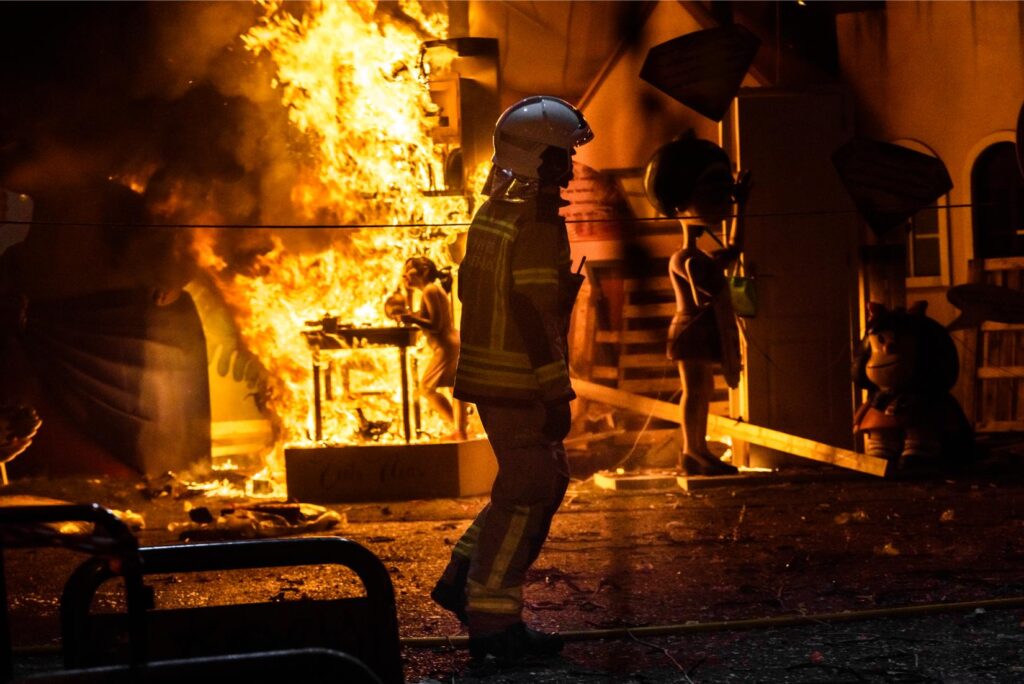
Industrial facilities are particularly vulnerable to fire hazards due to the variety of operations, equipment, and materials present. Identifying and understanding these hazards is key to preventing fires and ensuring the safety of your personnel and assets. Superior Industrial Fire Services (SIFS) is committed to helping businesses across the US stay informed about the most common fire hazards and how to mitigate them. By recognizing these risks, facilities can take proactive steps to reduce fire incidents and protect their operations.
One of the most prevalent fire hazards in industrial facilities is the presence of flammable and combustible materials. These can include liquids, gases, and solids that can ignite easily if exposed to heat or sparks.
Examples of Flammable Materials:
Combustible solids: Dust from materials like wood, flour, and metal can become a fire hazard when it accumulates and becomes airborne.
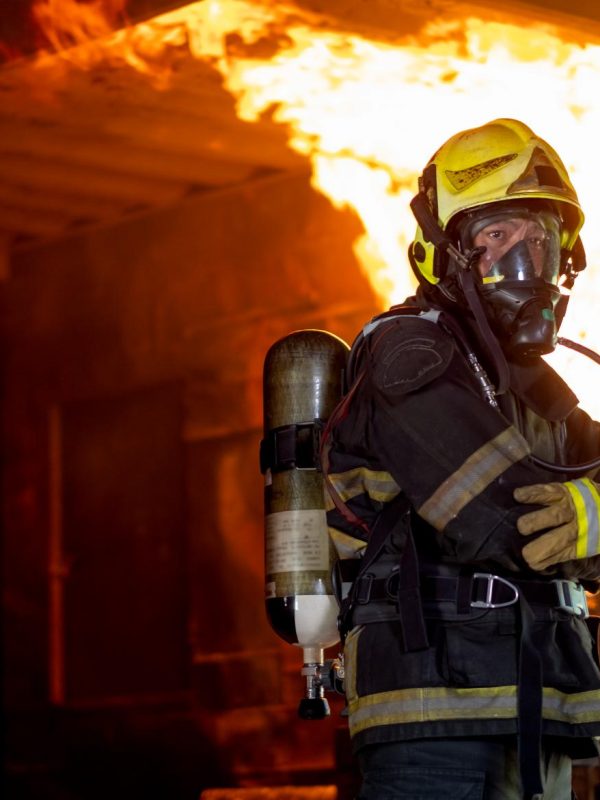
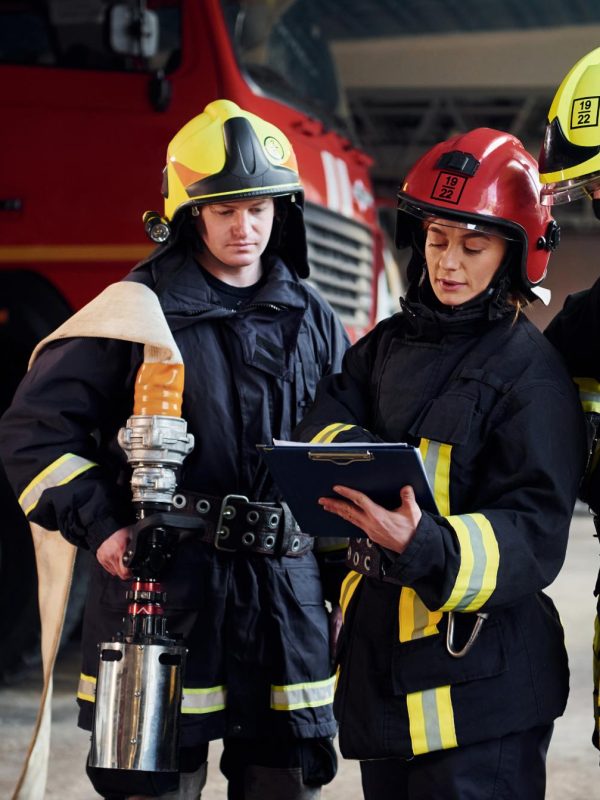
Electrical systems are another major source of fire hazards in industrial facilities. Faulty wiring, overloaded circuits, and malfunctioning equipment can lead to short circuits, sparks, and overheating, which can ignite nearby flammable materials.
Common Electrical Fire Risks:
Regular electrical inspections, proper equipment maintenance, and ensuring circuits are not overloaded are crucial steps in preventing electrical fires.
Hot work refers to any activity that involves open flames, sparks, or intense heat, such as welding, cutting, and soldering. These activities are common in industrial settings but present significant fire hazards if not carefully managed.
Hot Work Risks:
To mitigate these risks, facilities should follow strict hot work safety protocols, including removing combustible materials from the work area, using flame-resistant barriers, and ensuring proper ventilation.
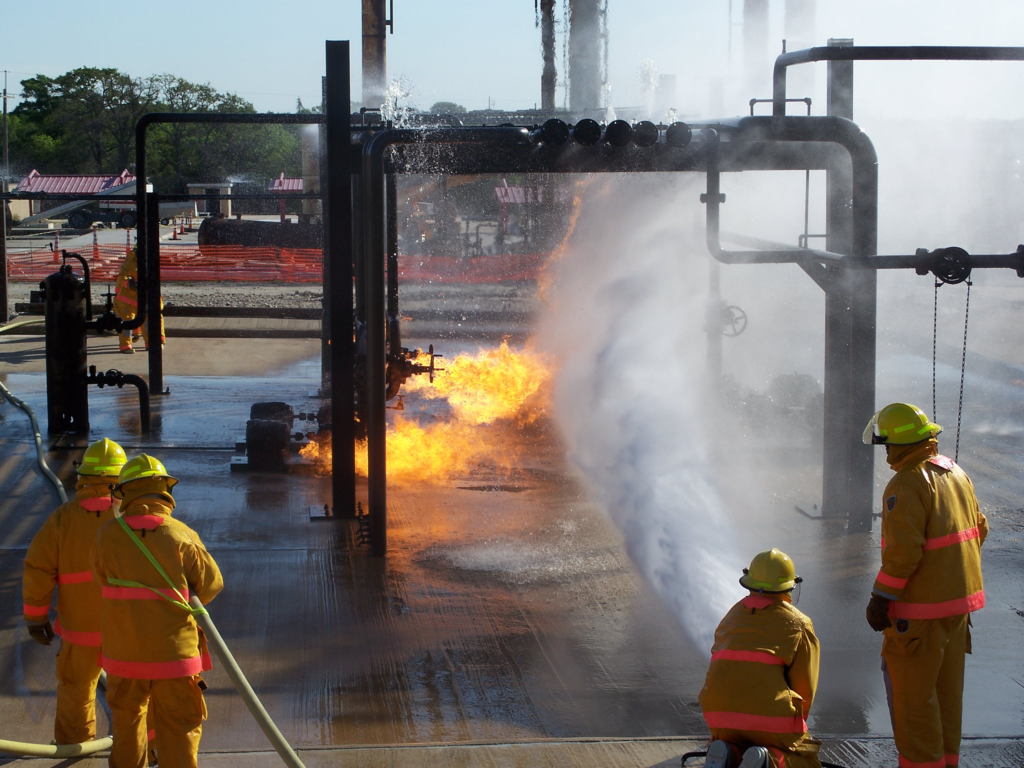
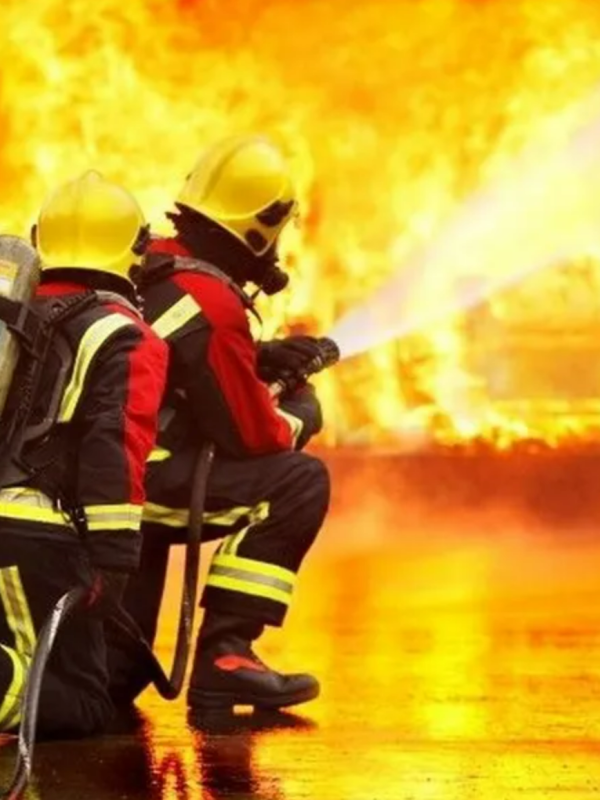
Industrial machinery can pose fire hazards, particularly if equipment is not regularly maintained or used properly. Mechanical failure, friction, and overheating can easily cause fires in high-temperature environments.
Machinery Fire Hazards:
Regular maintenance schedules, proper lubrication, and routine inspections are essential for reducing the fire risks associated with industrial machinery.
Human error is often a contributing factor in industrial fires. Inadequate training, improper equipment use, or failure to follow safety protocols can lead to accidents that spark fires.
Examples of Human Error in Fire Hazards:
Comprehensive employee training and ongoing safety education are vital to preventing fires caused by human error.
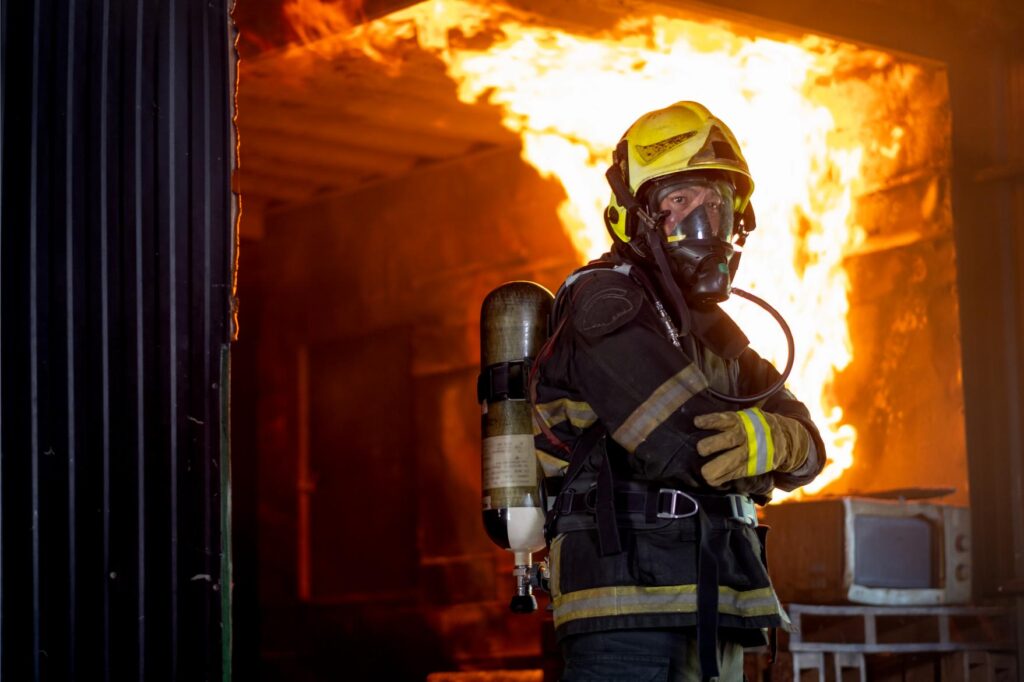
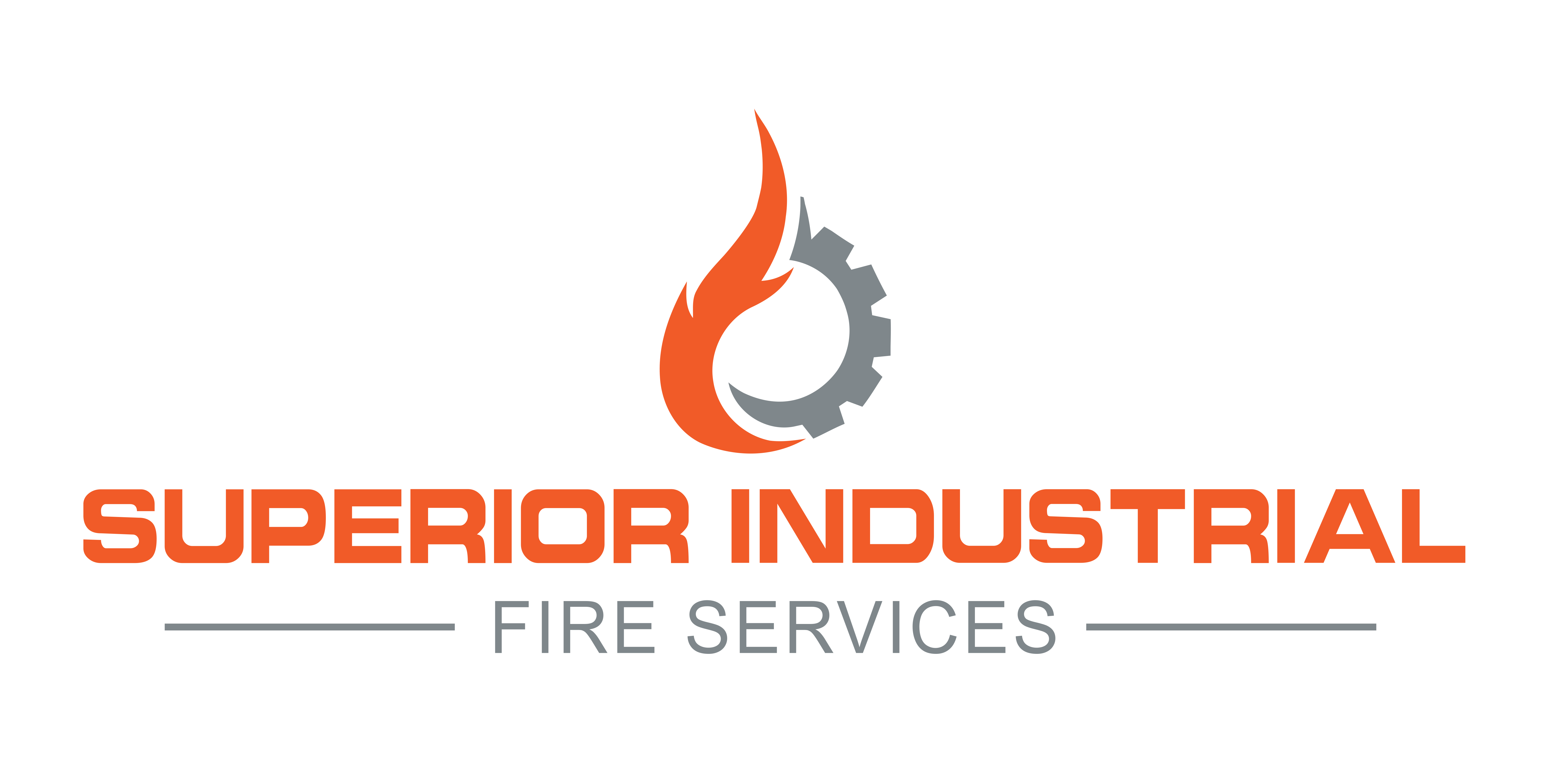
Understanding and addressing the common fire hazards in industrial facilities is essential to protecting your operations, assets, and employees. At Superior Industrial Fire Services, we specialize in helping businesses identify and mitigate these risks with tailored fire safety solutions. Our expertise in industrial fire prevention, combined with our focus on safety, efficiency, and reliability, makes us the trusted leader in fire protection services across the United States. By partnering with SIFS, you’ll have access to industry-leading fire prevention strategies that help ensure your facility is safeguarded against the dangers of fire. Let us help you stay proactive in fire safety and compliance, ensuring your operations remain protected at all times.

